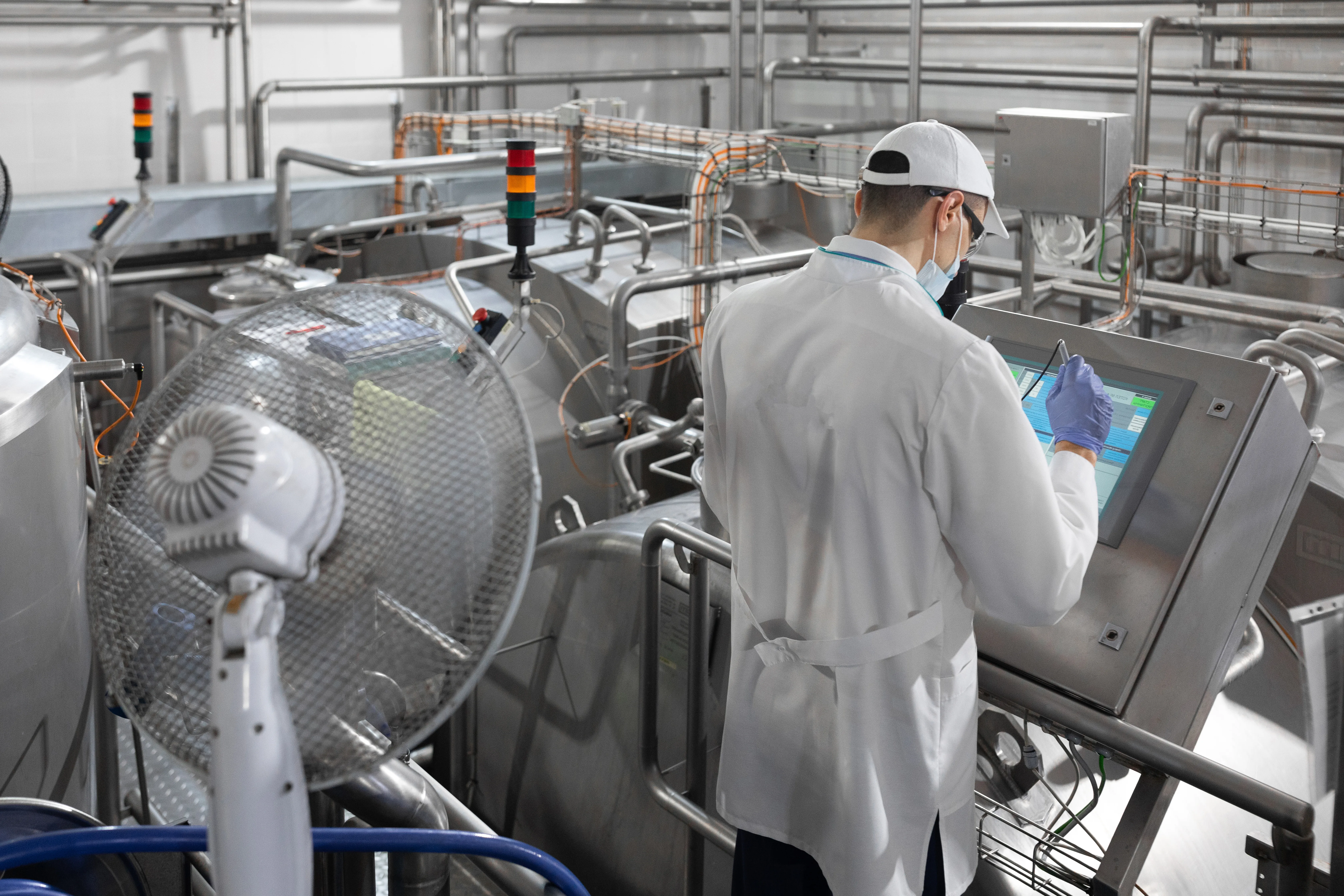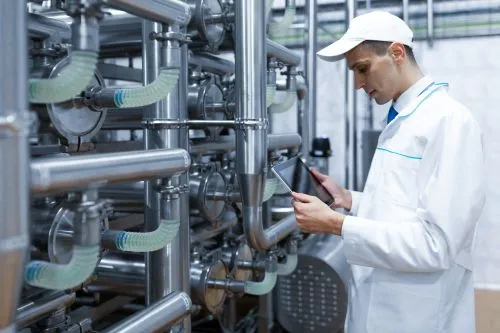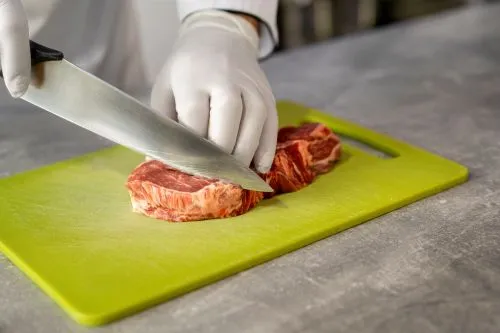
Digitizing the cultivation, harvesting, and processing of seafood must be consistently implemented throughout the entire supply chain, not just in aquaculture, to avoid risks of irregular growth and reduced efficiency, according to industry experts cited by FoodNavigator.
Significant Difference
According to ThisFish, a company specializing in digitizing the seafood sector, the current average age of digital technologies used in seafood processors and distributors is estimated at 26 years.
This compares to an average of eight years in the aquaculture sector, which has been more adept at adopting newer technologies such as artificial intelligence (AI).
"There is a very significant difference in the rate of technological change, as well as in the types of technologies being adopted to improve efficiency along the seafood supply chain, which has an impact on overall efficiency," said ThisFish CEO Enno Tamm at a conference.
"The situation for seafood processors is that they tend to operate in a more traditional manner, especially in markets such as Asia, and there also tend to be a lot of legacy issues they need to address when it comes to such changes.
High Rate of Innovation
"Aquaculture firms, on the other hand, are largely younger and much quicker to adopt new technologies like AI, and as a result, the rate of innovation is much higher, about twice as fast as other segments in the seafood industry."
A good proportion of 62% of seafood software companies launched in the last 10 years have been targeted at aquaculture, with the majority (65%) being AI-focused firms.
"This could be related to the fact that investments are much more active in aquaculture – we're talking about $589 million USD going into aquaculture compared to just $19 million USD in conventional fishing in recent years," he added.
"According to Crunchbase, of the top 10 capital raises for seafood in 2022, totaling $944 million USD, 86% of these were directed at aquaculture firms such as eFishery, Aruna, and Aquaconnect in Indonesia, Captain Fresh in India, and Umitron in Singapore – all others (fishing, seafood processors, traceability technology, quality control, etc.) together accounted for only 14% of this total."
Great Need for Technological Overhaul
The irony here is that the seafood industry is seen as one of the sectors that most need AI intervention to become more future-ready due to its sheer complexity.
"Seafood has many, many variables due to the nature of the supply chain, with some of the most complex issues needing to be addressed," he said.
"All these data points and variables need to be taken into account to predict outcomes and improve efficiency, and AI has become crucial for analyzing them in a timely manner and addressing the challenges that seafood faces across the entire supply chain network.
"These can include predicting yield, predicting leakage weight, predicting costs, predicting mortality rates, and many more – but the adoption of technology not being consistent across the industry [can complicate] overall supply chain improvement."
Quality at Every Stage
One of the areas that has seen the most development in seafood AI has been quality control, a crucial area due to concerns about food safety and brand reputation.
"This area of AI is called Automated Visual Inspection and applies to all types of products, including raw items (e.g., whole raw salmon), semi-finished products (e.g., salmon fillets), and finished products (e.g., salmon sashimi slices)," said Tamm.
"Raw fish requires quality control in areas such as size measurement, species identification, and quality grading; semi-finished products need color grading, defect detection, size and quantity measurements, and many more; while finished products need to be checked for quantity or defects, labeling compliance, and so on.
"All of these are areas where AI comes into play, enhancing efficiency by automating these checks and importantly, performing this QC for all products produced by the seafood firm, rather than just random sampling.
That means, for example, all salmon fillets can now undergo such stringent checks, as opposed to just some of them, and so many potential consumer complaints could be avoided." (Photo: Freepik)





